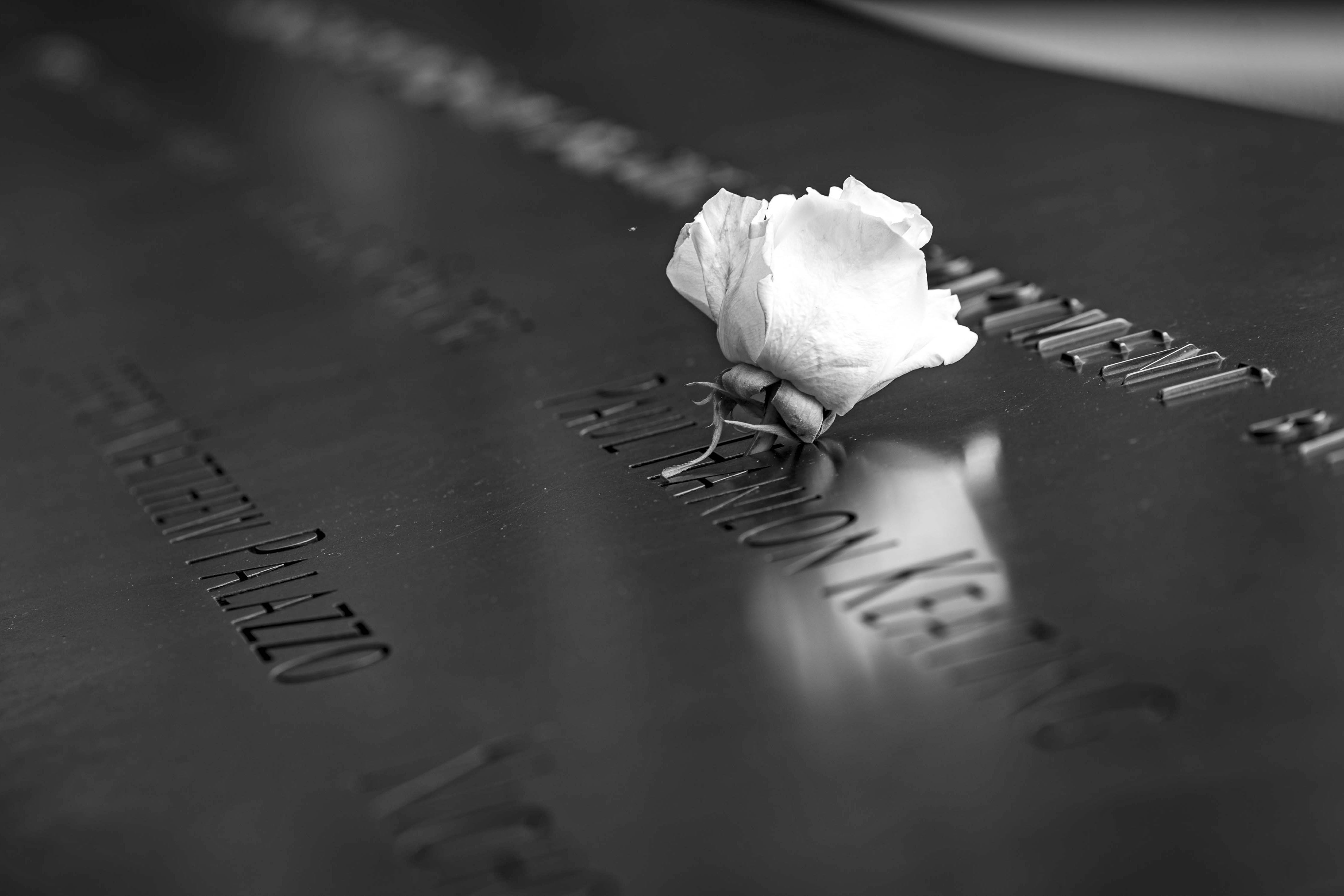There has been much discussion regarding Posttraumatic Stress Disorder in Veterans in the past thirty years, and rightly so. It is a very real condition that has a significant impact on the daily life of veterans, their families, and the community. There are some misconceptions about PTSD, however; it has become so widely known that much of society believes that any veteran who has been to combat has PTSD. Perhaps the following information will help to increase your awareness of what PTSD is…and what it isn’t.
PTSD goes beyond the natural reaction to a traumatic event, and requires a very specific set of circumstances in order to meet the diagnostic criteria for the disorder. The veteran must be demonstrating behaviors related to four separate areas: intrusion, avoidance, negative alterations in thoughts and emotions, and alterations in arousal and reactions. The specific criteria listed in the Diagnostic and Statistical Manual for Mental Disorders, 5th Edition (DSM-5) are:
A stressor must be present. The veteran must have been exposed to death, threatened death, serious injury, or sexual violence. They must have experienced it directly, witnessed it, heard about it happening to a close friend in clear detail, or have been repeatedly exposed to the results of traumatic events in the course of their duties. This does not need to have happened in combat; military servicemembers who were deployed to New Orleans in response to Hurricane Katrina were required to recover flood victims, and have struggled with recovery. While deployed to Iraq, my unit had the responsibility of recovering battle-damaged vehicles, to include recovering their fellow Soldiers. One young Soldier who had this task, by the time we reached the halfway point of our deployment, had recovered more human remains than he had years on this earth. That is another aspect that makes PTSD in veterans unique: it is a result of not just one traumatic event, but a series of traumatic events over a deployment, or over several deployments.
Second, the veteran must persistently re-experience the traumatic event. This includes unwanted intrusive memories, nightmares, dissociating or “zoning out”, experiencing distress after exposure to reminders of the event, or having an obvious physical reaction after exposure to something that reminds them of the trauma. These triggers can, and often do, include those things that people expect: loud heavy noises that remind a veteran of an explosive blast, quick sharp noises that remind us of gunfire, or large crowds of people. These can also include things that are not expected. The full moon, for example; when a veteran was out on patrol in combat, it was highly unlikely that the enemy had night vision capability. Therefore, when the full moon was out and the night was brighter, there was greater danger. Turning that response off when we let the dogs out in the morning is very difficult. Smells, such as barbequing, or events, like stopping at a stoplight, or even something as seemingly innocuous as the shadows of clouds on a mountainside can cause a veteran to start to think about their combat experiences.
Third, the veteran must experience purposeful avoidance of the things that cause these reactions. We stop going places and doing things that remind us of our experiences. The veteran who experienced multiple IED attacks may stop driving altogether. They may stop going to family gatherings and concerts, even if they enjoyed doing those things prior to experiencing combat. Celebrating the Fourth of July is not even an option! This purposeful avoidance also leads to the veteran engaging in activities that numb their reactions…substance use, for example. Anything to avoid feeling what they’re feeling.
Fourth, the veteran must experience negative changes in their thoughts and their moods. They think bad things about themselves: I am to blame for what happened, I am a monster for the things I did. They think bad things about the world: I am not safe here, no one can understand what I did. They experience diminished interest in things that pleased them before. They feel alienated, cut off, misunderstood, and experience an inability to feel positive emotions. The difficult thing with these thoughts is, once the veteran starts to think this way, they avoid any type of activity that could disprove those thoughts.
The veteran must also experience behavioral changes. Increasingly irritable or aggressive behavior, self-destructive or reckless behavior, hypervigilance, exaggerated startle response, difficulty concentrating or sleeping: these are all changes in behavior that veterans commonly experience. Many of us, upon return from combat, are seeking to continue to experience the thrill that we got while deployed; if we are not able to, then we get frustrated, irritable, angry.
These symptoms must persist for more than a month. Each of these things are typical reactions to stress, but for a diagnosis of PTSD, they must be ongoing, have a significant impact on their social or occupational functioning, and not due to medication, substance use, or illness. For a veteran to “have PTSD”, at least one, and sometimes several, criteria in each of these areas must be met.
Just because a veteran does not meet these criteria, however, does not mean they are not struggling. This is not a black and white, up or down categorization; the veteran may experience some of these symptoms at one point in their lives, and other symptoms at a different point. That does not mean that “there’s nothing wrong” with them. Veterans can and often do struggle with transition out of combat and the military even if they don’t meet each of these criteria. In future posts, we will continue the discussion about these impacts, and how we can help those who sacrificed so much for us. Please join me in the discussion…comment, share this with your network, and help raise the awareness that we all need.




4 Comments
Rhonda Stephens · January 24, 2017 at 8:49 pm
Just to see this article is amazingly wonderful!
Success or Struggle in Transition Can Depend on Mental Health | Veteran Mental Health · July 6, 2016 at 1:12 pm
[…] how awareness is the key to recovery for veterans, I’ve joined with others talking about what PTSD is and what it isn’t, and I’ve attempted to describe what happens emotionally to veterans when they return from […]
Injury of the Soul: Moral Injury and Combat Vets | Veteran Mental Health · July 11, 2016 at 12:51 pm
[…] recent posts, I have discussed what PTSD is (and what it isn’t) and how difficult the transition between combat and home life is due to the violence of action […]
Combat: It Was the Best of Times, It Was the Worst of Times | Head Space and Timing · August 15, 2016 at 7:39 am
[…] a previous post, I talked about what PTSD is: a diagnosable mental health condition that meets certain specific criteria. With a rate of […]
Comments are closed.